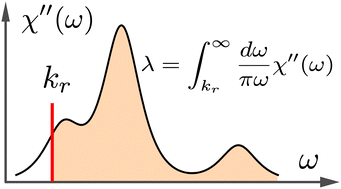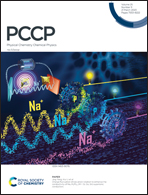Reorganization energy of electron transfer†
Abstract
The theory of electron transfer reactions establishes the conceptual foundation for redox solution chemistry, electrochemistry, and bioenergetics. Electron and proton transfer across the cellular membrane provide all energy of life gained through natural photosynthesis and mitochondrial respiration. Rates of biological charge transfer set kinetic bottlenecks for biological energy storage. The main system-specific parameter determining the activation barrier for a single electron-transfer hop is the reorganization energy of the medium. Both harvesting of light energy in natural and artificial photosynthesis and efficient electron transport in biological energy chains require reduction of the reorganization energy to allow fast transitions. This review article discusses mechanisms by which small values of the reorganization energy are achieved in protein electron transfer and how similar mechanisms can operate in other media, such as nonpolar and ionic liquids. One of the major mechanisms of reorganization energy reduction is through non-Gibbsian (nonergodic) sampling of the medium configurations on the reaction time. A number of alternative mechanisms, such as electrowetting of active sites of proteins, give rise to non-parabolic free energy surfaces of electron transfer. These mechanisms, and nonequilibrium population of donor–acceptor vibrations, lead to a universal phenomenology of separation between the Stokes shift and variance reorganization energies of electron transfer.

- This article is part of the themed collections: 2023 PCCP HOT Articles and 2023 PCCP Reviews


 Please wait while we load your content...
Please wait while we load your content...